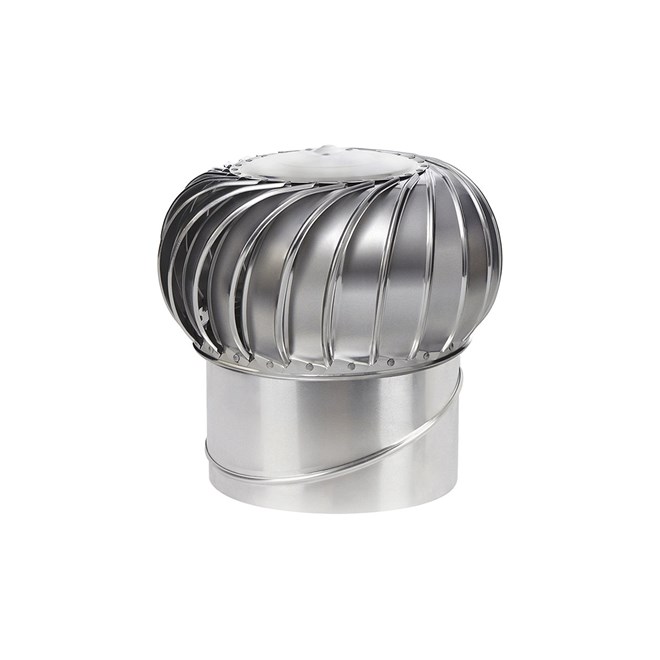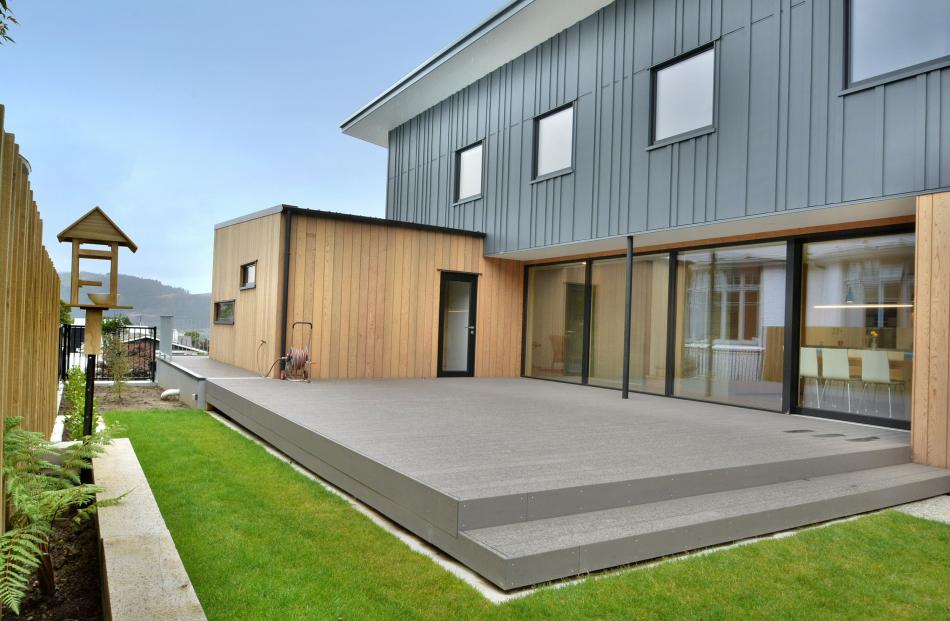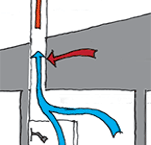Passive Roof Ventilation Nz

The vent should be near the ridge to reduce the effect of wind gusts temperature differences lead to a natural continuous movement of air.
Passive roof ventilation nz. With effective roof space ventilation less heat is radiated into rooms allowing air conditioners and fans to be more efficient. Passive stack ventilation a passive stack ventilator is a vertical or near vertical ventilation shaft where moist warm air is naturally drawn up and expelled outside through a vent above the roofline. Vent s vented batten is the only batten in nz designed with calculated airflow specifically for roof ventilation. Our systems are structured and specifically tailored for new zealand buildings and the extreme climatic conditions.
Studies done overseas and by branz here in new zealand have proven the effectiveness of passive background ventilation. Questions around the need for passive ventilation elements to give new zealand roof cavities a breath of fresh air have been investigated by branz researchers since at least 1988. It s also endorsed by a number of impartial organisations including branz and beacon pathway. Tion questions around the needfor passive ventilation elements to give new zealand roof cavities a breath of fresh air have been investi gated by branz researchers since at least 1988.
It allows calculated airflow of 18 000m per linear metre. The rv10p form part of a passive ventilation system that works year round with no moving parts or energy consumption. Moisture laden air from inside the home and outside air can condense and cause dampness. Extra ventilation not favoured in past back then a scientific article concluded that additional roof ventilation has been found to be of no assistance.
As water vapour is lighter than air we vent at highest point on the roof and the efficiency of a ridge vent depends on wind velocity and direction. Passive or natural ventilation is recommended by many architects and designers here. Whilst it is possible to retrofit passive ventilation solutions to existing buildings it is highly recommended to incorporate passive ventilation during the design phase of any new building project. Ventilation prevents damage to ceilings and roof timbers helps control mildew.
Shaded areas of your home particularly benefit. Extra ventilation not favoured in past back then a scientific article concluded that additional roof ventilation has been found to be of no assistance. The rv10p has an adhesive and flexible aluminium flashing which is designed to form to roofing profiles and prevent water ingress on any pitch roof.











































